
Coffee connoisseurs can spend hours discussing and comparing the many varieties of coffee that are available — from Brazilian and Columbian blends to Hawaiian blends, from dark roasts to medium roasts to light roasts. But the beans themselves fall into two main categories: arabica vs. robusta. Arabica coffee beans come from the coffea arabica plant, while robusta coffee beans come from the coffea canephora plant (also known as the “robusta coffee plant”).
How the Plants Grow
Although the coffea canephora plant originated in Sub-Saharan Africa, it spread to many different parts of the world — and when arabica vs. robusta plants are compared, the latter is often described as heartier, stronger, tougher, and more resilient. Arabica plants are more delicate and more vulnerable to disease and pests, whereas robusta plants can thrive in extreme weather conditions and have a greater tolerance for severe heat. In some climates where robusta plants thrive, arabica plants would more easily succumb to fungus or bugs.
Robusta plants can easily grow to 32 feet/10 meters tall if they aren’t pruned, and because they grow faster than arabica plants, they offer coffee growers a much bigger yield. If the goal of a coffee grower is sheer volume or quantity, robusta plants have a definite advantage over arabica plants. Robusta plants are a much better bet if a coffee grower’s main goal is producing a greater amount of coffee beans in a shorter period of time.
Yet the demand for arabica vs. robusta coffee is greater, and over 60% of the world’s coffee is arabica vs. robusta (according to the International Coffee Organization).
Taste
Taste is the main reason why arabica vs. robusta coffee is in greater demand. Arabica coffee is known for having a sweeter, more fruity, and mellow taste, while robusta coffee has a nuttier and more bitter taste. But some coffee lovers really swear by robusta, and what tastes harsh to one person will be described as “full-bodied,” “rich” or “hearty” by another. How one feels about the taste of arabica vs. robusta coffee depends on that person’s taste buds. And certainly, using arabica beans doesn’t automatically rule out the use of robusta beans. It isn’t uncommon for an Italian espresso to favor an arabica/robusta blend.
On the other hand, it isn’t uncommon for some coffee brands to stress that they are using arabica beans exclusively. Phrases like “pure Colombian arabica coffee” and “100% premium Brazilian arabica beans” are commonly used by coffee brands, and such marketing is often used to justify charging more for arabica vs. robusta coffee. In general, arabica coffee costs more than robusta coffee, which comes down to the law of supply and demand.
Appearance
Serious coffee connoisseurs can tell arabica vs. robusta beans apart simply by looking at them. Arabica beans have a more elongated shape, whereas the shape of robusta beans is rounder.
Which One Has More Caffeine?
One of the things that robusta coffee enthusiasts love about it is the higher caffeine content. Robusta coffee has almost twice as much caffeine as arabica coffee. Typically, an arabica coffee bean contains around 1.2–1.5% caffeine, whereas a robusta coffee bean is generally around 2.2-2.7% caffeine.
Flavor
Although coffee beans are broken down into two main categories — arabica vs. robusta — that doesn’t mean that all arabica coffee is the same or that all robusta coffee is the same. There are different types of arabica beans, ranging from typica to bourbon. And some arabica beans are unique to a particular part of the world — for example, kona arabica beans, which are unique to Kona, Hawaii.
The flavor of coffee beans can be affected not only by the type of bean involved but also, by where the plants are grown and an area’s climate. The climate in a country in Sub-Saharan Africa can help give robusta beans a different flavor than they have in Thailand, which is a major producer of robusta coffee. And with arabica beans, the climate in Colombia can encourage a different flavor than arabica beans produced in Kona, Hawaii.
Even within South America alone, the various climates can have different effects on the flavor of arabica coffee. Brazil and Colombia are both major South American producers of arabica coffee, but arabica coffee from Brazil and arabica coffee from Colombia can have different and distinct flavors. Arabica coffee is not monolithic any more than robusta coffee is monolithic.
In the arabica vs. robusta debate among coffee lovers, arabica enjoys the most support. Arabica coffee, although more difficult to produce, is in greater demand; robusta coffee is easier to produce, but the demand for it isn’t as great. Nonetheless, robusta coffee is an international niche market that has its share of devotees. And arabica and robusta coffee are both consumed by millions of people around the world.


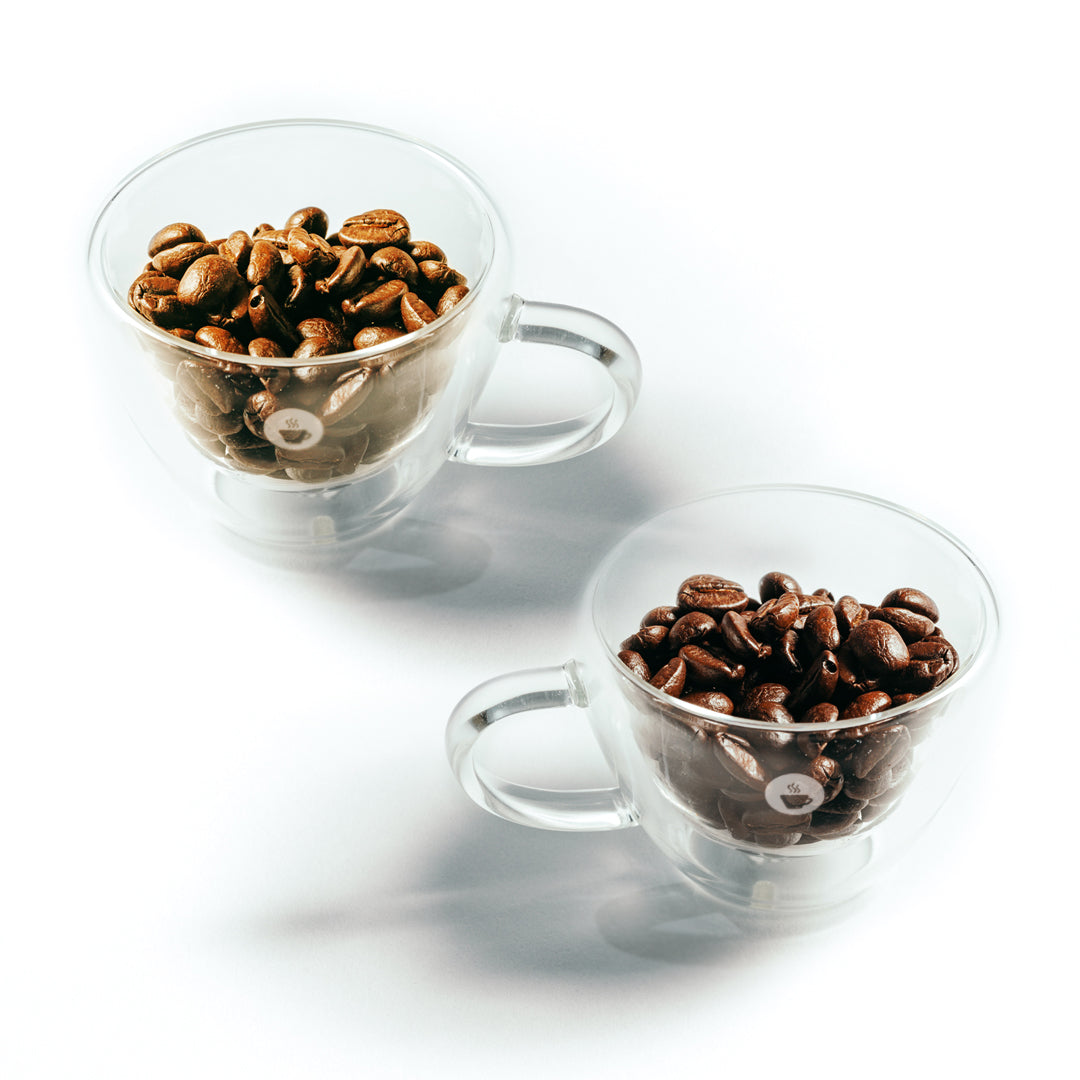
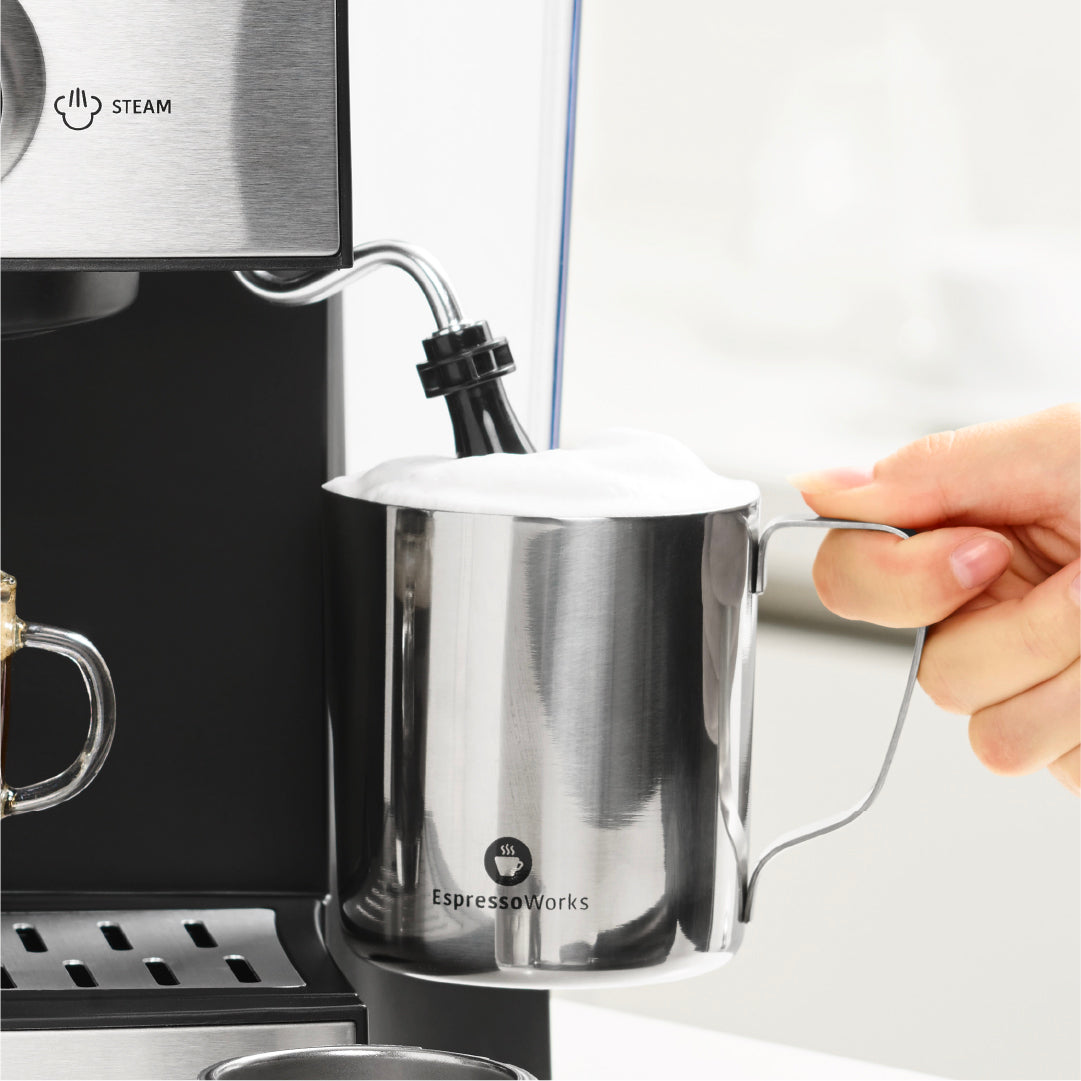
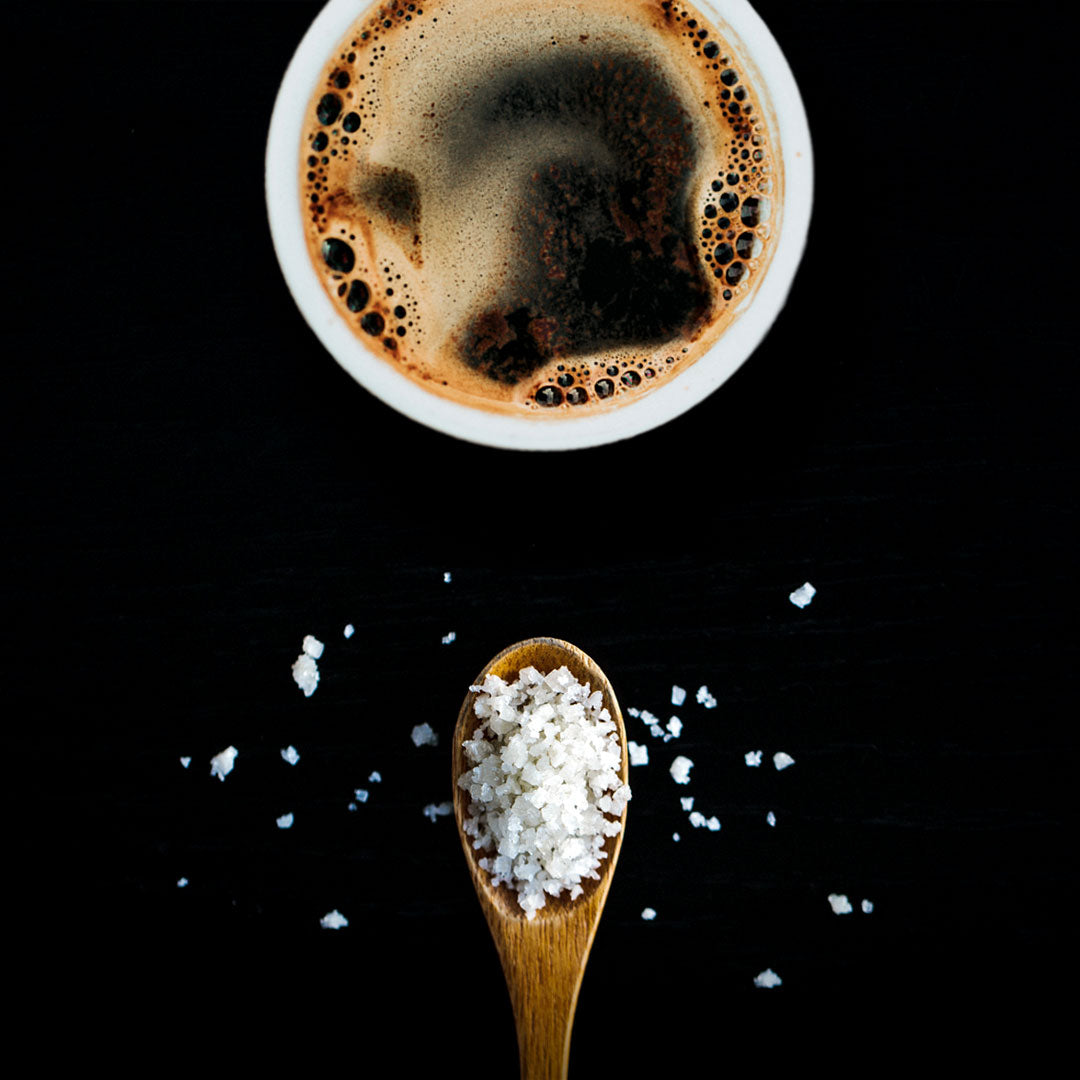
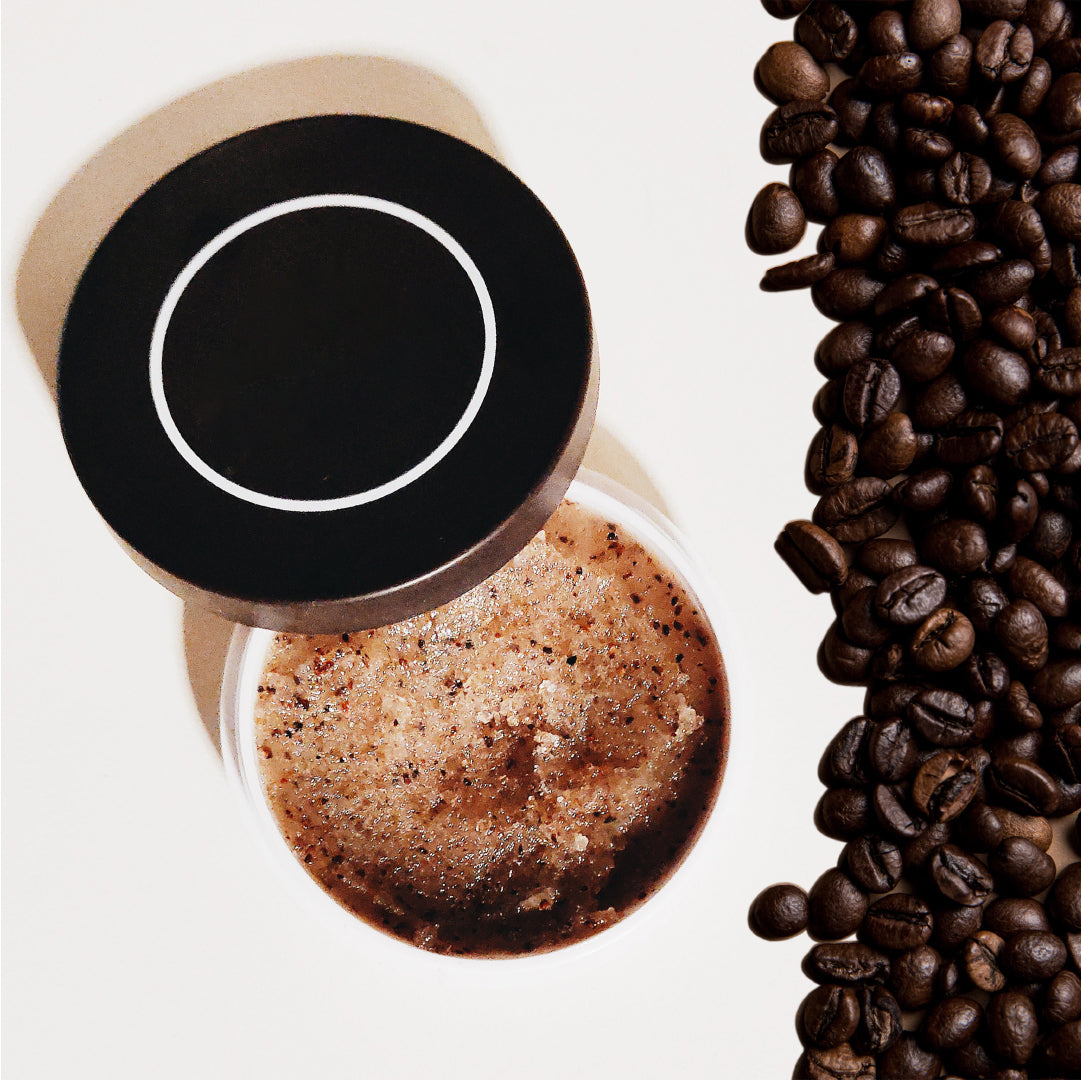


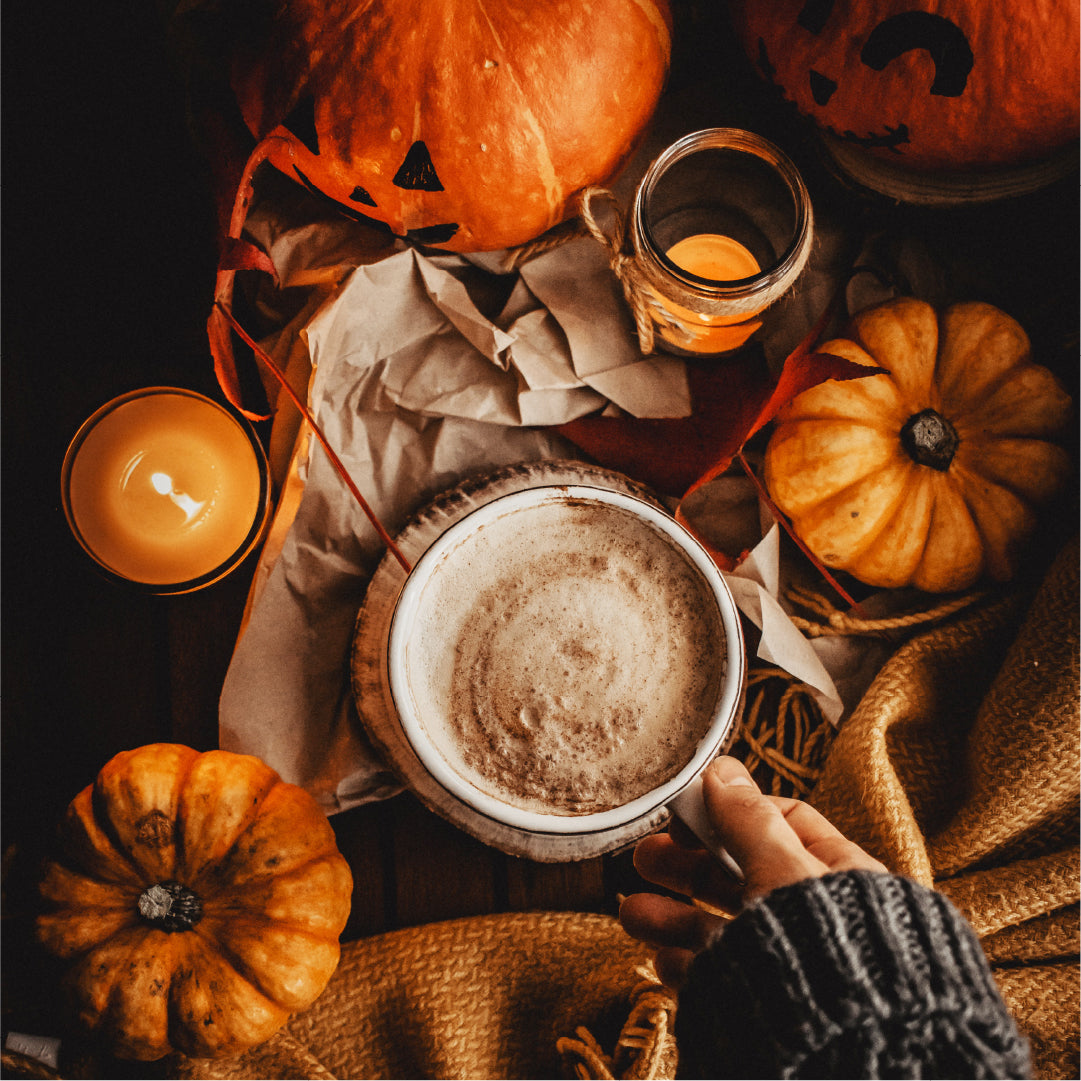
Share:
Gluten Free Coffee Granola Recipes to Try Today
Cancun Coffee: Popular Mexican Coffee Recipes